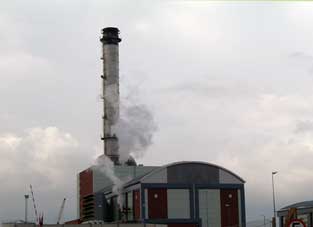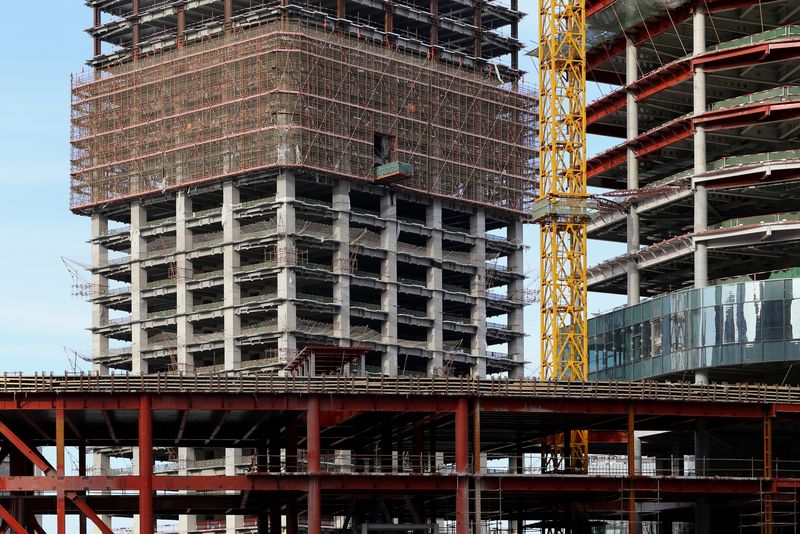Covid-19 lockdown caused complex and harmful local air quality effects
14-10-2020
Last updated 13-05-2024
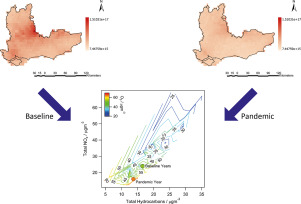 There has been much in the news about the positive impact on local air quality caused by the huge decreases in traffic emissions that resulted from ‘lockdown’ measures to reduce the spread of Covid-19. Much of this seems obvious. If you take cars and lorries off the roads, emissions from their tailpipes will naturally decrease, and significantly so. However, recent research led by the University of Brighton and staff at Phlorum, has shown that the situation is much more complex than that.
There has been much in the news about the positive impact on local air quality caused by the huge decreases in traffic emissions that resulted from ‘lockdown’ measures to reduce the spread of Covid-19. Much of this seems obvious. If you take cars and lorries off the roads, emissions from their tailpipes will naturally decrease, and significantly so. However, recent research led by the University of Brighton and staff at Phlorum, has shown that the situation is much more complex than that.
The unseasonably sunny weather in the south east of England at the start of the pandemic, in late winter and early spring of 2020, caused conditions that were ideal for ozone generation in the atmospheric boundary layer – i.e. where we live and breathe. This is bad news for lungs, as ozone generates highly reactive oxygen species that can cause significant damage to the cell membranes of the sensitive tissues of our airways. That’s bad enough; and there have been alerts in place for many years to protect people with respiratory illnesses from being exposed to high ozone episodes. However, with the Covid-19 pandemic putting such vulnerable people at deadlier risk, elevated ozone concentrations during lockdown is of heightened concern.
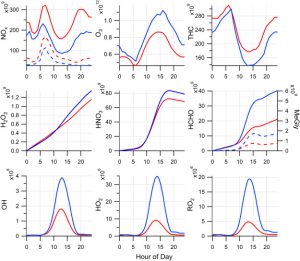 Coupled with the sunny weather, the reduced traffic pollution had a further knock-on effect that also caused ozone concentrations to elevate. Oxides of nitrogen from road traffic usually causes ozone to be very low in urban areas because it reacts with the ozone to form harmless molecular oxygen. Without the usually high concentrations of oxides of nitrogen in cities and towns, the ozone in locked-down towns and cities wasn’t scavenged and concentrations of it therefore remained high.
Coupled with the sunny weather, the reduced traffic pollution had a further knock-on effect that also caused ozone concentrations to elevate. Oxides of nitrogen from road traffic usually causes ozone to be very low in urban areas because it reacts with the ozone to form harmless molecular oxygen. Without the usually high concentrations of oxides of nitrogen in cities and towns, the ozone in locked-down towns and cities wasn’t scavenged and concentrations of it therefore remained high.
In addition to all this was a further complication. Hydrocarbon pollution provides important precursors for ozone formation, and during the lockdown concentrations of this pollutant also remained high. This could have been due to emissions from fossil fuelled power stations in Europe blowing across to the UK and/or the fact that hydrocarbons remain in the atmosphere for relatively long periods of time.
So a perfect storm appears to have formed, resulting in higher ozone concentrations than usual, with consequential health impacts.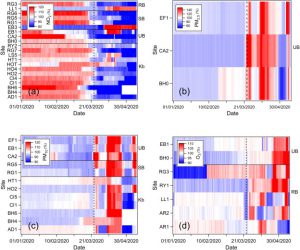 The research recently published in Elsevier’s Science of the Total Environment presents the data and discusses the results that led to the above conclusions.
The research recently published in Elsevier’s Science of the Total Environment presents the data and discusses the results that led to the above conclusions.
Have a read and contact our air quality consultants if you have any questions or if you think we might be able to help you with any of your air quality projects or concerns. Phlorum is an environmental consultancy with particular expertise in air quality monitoring, modelling and air quality assessments.

